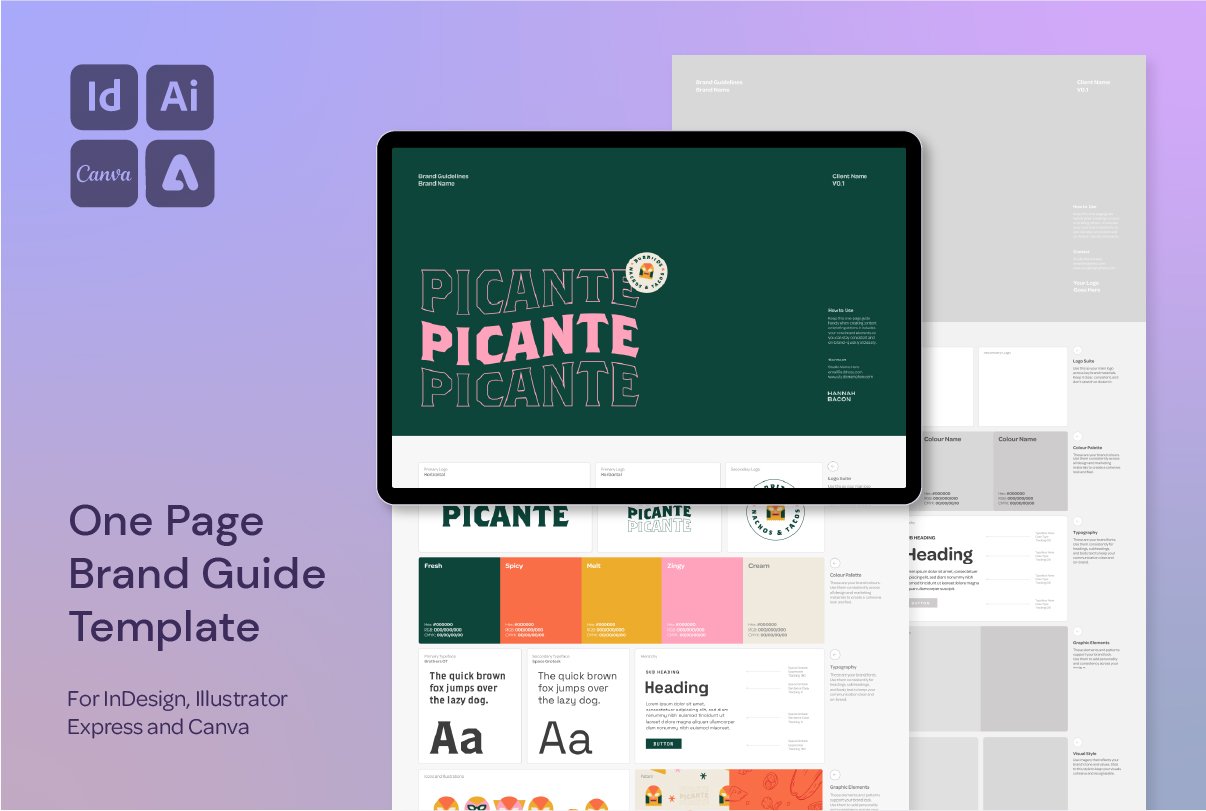How to Create Clean, Editable Halftones in Adobe Illustrator
Perfect Halftones in Illustrator—And How to Replace the Dots with Any Shape
Halftone effects can add beautiful texture and retro styling to your illustrations, but Illustrator’s default halftone tools often leave you with chunky, low-resolution dots that don’t scale well. In this quick tutorial, I’ll show you how to create clean, editable halftones and even replace those dots with custom shapes—all while keeping your work fully vector and easy to tweak.
Why Clean, Editable Halftones Matter
Halftones are great for posters, packaging, screen printing effects, and bold textures—but the default Color Halftone effect in Illustrator can produce distorted, harsh-looking dots that lose quality when scaled.
This method gives you:
Better dot separation
Full control over the dot shape
Clean vector output
Flexibility to use any shape, not just circles
Get the script I used here.
You can check out this video (and lots more!) over on my Instagram Page @hannah.bacon.design
Step-by-Step: Clean Halftone Dots + Custom Shapes in Illustrator
Before We Start
Download the script here
1. Create a Gradient Using Grey
Instead of using solid black, create a greyscale gradient
This gives smoother transitions between halftone dots
2. Apply the Halftone Effect
Go to Effect → Pixelate → Color Halftone
Because we used grey instead of black, the dots will generate with more separation—avoiding muddy overlaps
3. Expand and Group
After applying the effect, Expand Appearance
Make sure all halftone dots are grouped to prepare for the next step
4. Create Your Replacement Shape
Draw the shape you'd like to use in place of the default dots (e.g. a clean circle, a star, or something quirky)
Copy that shape
5. Run the Script
With the halftone group selected, head to File → Scripts → Other Script
Select the script file (get it here)
The script will automatically replace each halftone dot with your chosen shape
You can now scale, edit, and recolor the shapes like regular vector art
Bonus Tip
This technique isn’t just for dots—you can use any vector shape, making it ideal for creating custom pattern fills, brand-specific textures, or eye-catching typographic effects.
Want More Time-Saving Tools and Freebies?
This process is just one of the techniques I share across my design templates and digital assets, made especially for designers who want professional results—without starting from scratch every time.



